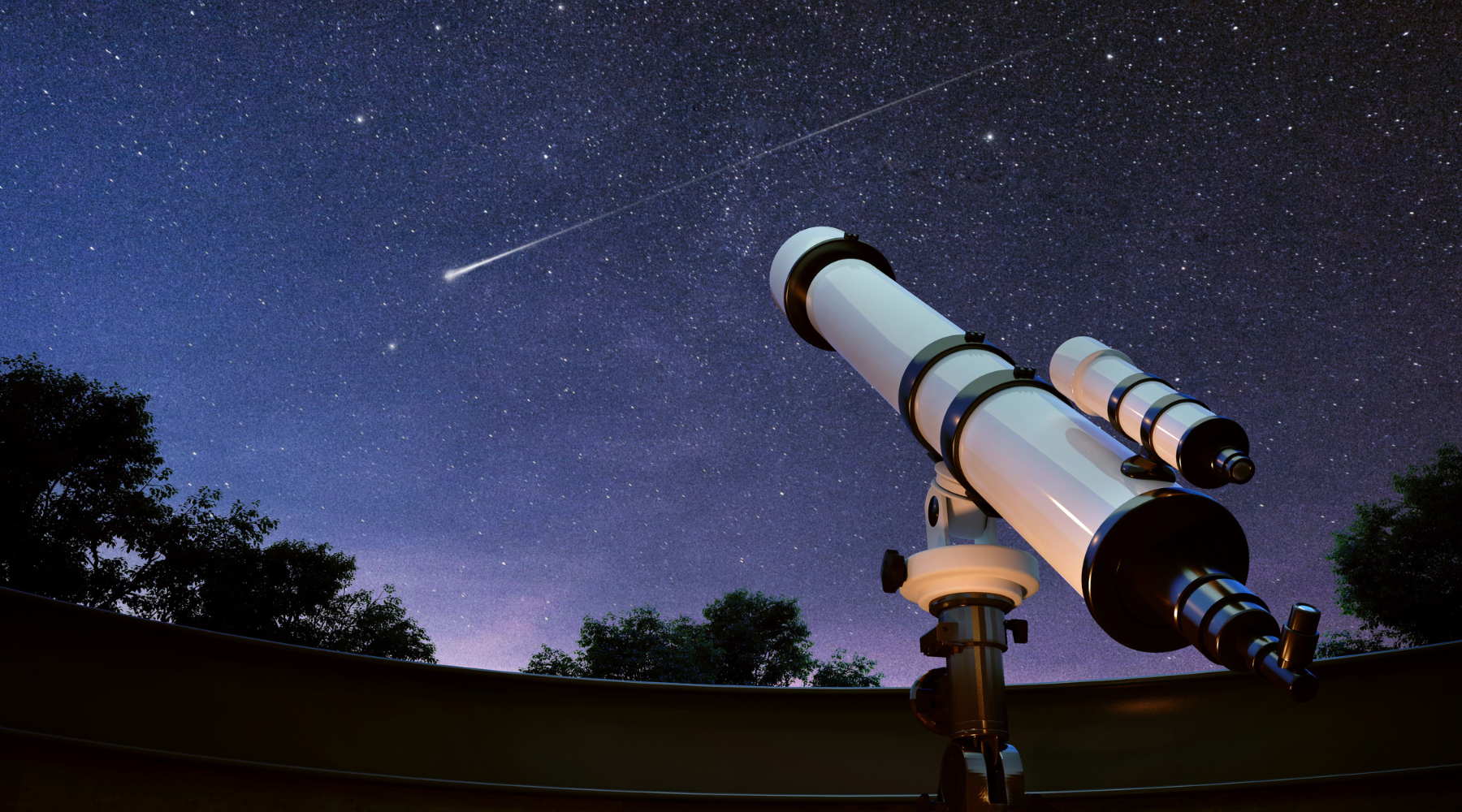
A Journey Through Time: The Evolution of Telescopes from Galileo to Today
The telescope, an instrumental gateway to the cosmos, has come a long way since its invention in the early 17th century. Its evolution has not only transformed how we view the universe but also significantly enhanced our understanding of it. This journey through time highlights the major milestones in telescope technology, culminating in the advanced instruments we use today, including those offered at Telescope Gallery that embody the pinnacle of modern astronomical technology.
The Dawn of Telescopic Astronomy
1609 – Galileo’s Refractor: The journey begins with Galileo Galilei, who in 1609, significantly improved upon a design made by Hans Lippershey, the Dutch eyeglass maker. Galileo’s version, known as a refractor, used a convex objective lens and a concave eyepiece. This telescope allowed Galileo to make unprecedented observations such as the moons of Jupiter and the phases of Venus, laying the foundation for modern astronomy.
Refinement and Expansion
17th Century – Newton’s Reflector: By the mid-17th century, Isaac Newton introduced the reflecting telescope, addressing the issue of chromatic aberration seen in refractors. His design used a curved primary mirror to reflect light and form an image. This innovation not only improved image quality but also allowed for larger telescopes since mirrors could be made bigger than the lens.
The Era of Large Telescopes
19th Century – The Leviathans: The 19th century saw the creation of the “Leviathans,” massive reflecting telescopes built by William Herschel and Lord Rosse. These telescopes had mirrors with diameters exceeding several feet, allowing for detailed studies of nebulae and galaxies, and expanding the known boundaries of the universe.
Modern Advancements
20th Century – Palomar and Hubble: The 20th century ushered in even greater advancements with the construction of the Palomar Observatory in 1948, which for decades held the title of the largest aperture optical telescope. This period also saw the launch of the Hubble Space Telescope in 1990, which has provided unparalleled views of the universe unobstructed by the Earth's atmosphere.
Today’s Cutting-Edge Technology
21st Century – Adaptive Optics and Digital Imaging: Modern telescopes, like those we proudly offer at Telescope Gallery, now feature adaptive optics to correct atmospheric distortions in real-time and digital imaging technologies that capture cosmic phenomena with incredible clarity and detail. These technologies enable both amateur and professional astronomers to explore the universe in ways Galileo could never have imagined.
Integration of Computer Technologies: Today’s telescopes are often equipped with computerized control systems and software that can automatically locate and track celestial objects. The integration of GPS technology ensures precise alignments and tracking capabilities, making advanced astronomy accessible to everyone.
Conclusion
The evolution of the telescope is a testament to human ingenuity and curiosity. From Galileo’s simple refractor to the sophisticated instruments available today, each advancement in telescope technology has peeled back another layer of the cosmic veil, revealing the wonders of the universe in greater detail. At Telescope Gallery, we continue this tradition by providing you with the most advanced and user-friendly telescopes, ensuring that each time you look up at the sky, you are partaking in a centuries-old journey of exploration and discovery.
This journey through the history of telescopes not only showcases the technological progress but also emphasizes how these instruments have continually expanded our understanding of the cosmos.

